
(May 15, 2023) — Note: IPPNW Co-President Carlos Umaña delivered the following remarks during the opening plenary of IPPNW’s 23rd World Congress in Kenya, on April 26.]
The Solution to Climate Change
Must Include Nuclear Disarmament
Carlos Umaña / The IPPNW Peace and Health Blog
MOMBASA, Kenya — Climate change and nuclear weapons are the 2 existential threats to life on Earth. They are referred to as the twin existential threats, for they are intricately linked and mutually reinforcing. With the world’s climate being as unpredictable and changing as it currently is, the climate crisis is impossible to ignore. However, most people do ignore how serious the risk of nuclear war is, and how working [for] nuclear abolition can help solve the climate crisis.
Let me begin by referring to climate change. The current situation is indeed dire and getting exponentially worse.
The Arctic ice cap has been shrinking at an alarming rate over the past few decades. Over the past 4 decades it has lost almost half its size, that is, it has lost in 3.3 million square kilometers. Around the world we are witnessing more frequent and severe weather events such as hurricanes, floods, and wildfires. Rising sea levels are threatening coastal communities and island nations and droughts are exacerbating food and water insecurity in many parts of the world. These impacts are not just a threat to the natural world but also to human health, livelihoods, and economies.
This phenomenon is caused by human activities releasing greenhouse gases into the atmosphere. These are gases that have the capability of trapping heat. What would usually happen is that the Earth’s surface receives heat from sunlight during the day, and during the night, much of this heat is released back into space, night having a cooling effect. Greenhouse gases trap the heat and prevent it from leaving the atmosphere. Now, greenhouse are a natural occurrence. We want some heat to remain, but if the amount of these gases in the atmosphere is too great, it will trap too much heat, and the Earth’s surface will not cool down at night as it should, causing a positive feedback loop that leads to a progressive warming. And with it, a myriad of problems.
Now, greenhouse gases are not created equal. The most important ones are carbon dioxide, methane and nitrous oxide. Their impact as greenhouse gases is measured by 2 components: the atmospheric lifetime, and the global warming potential. The atmospheric lifetime of C02 is roughly 100 years, that of methane is 12 years and that of nitrous oxide is 120 years. Moreover, methane is 21 times more powerful than carbon dioxide in trapping heat, and nitrous oxide is 320 times more powerful than CO2.
There are several human activities responsible for this, and here I will focus on a couple:
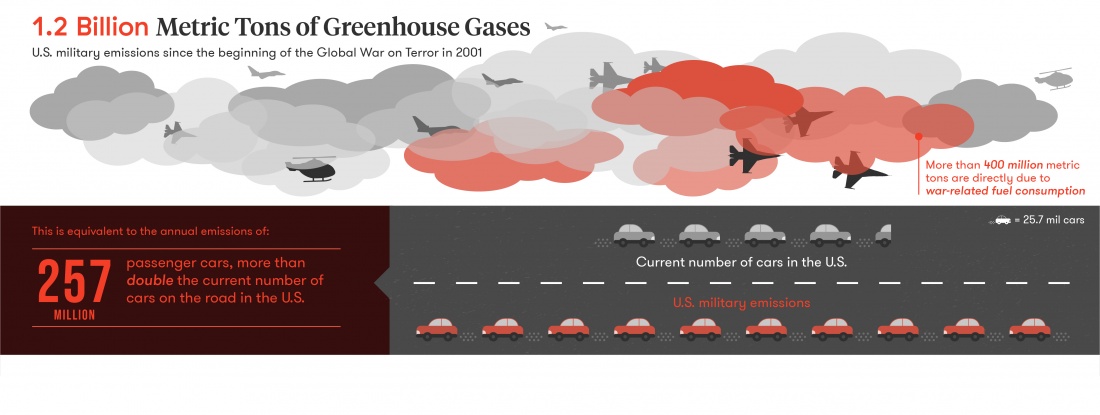
Militarism
Military actions often involve the exploitation of natural resources and the displacement of local communities, exacerbating environmental and social inequalities. It is also a direct contaminant. According to a report by Brown University’s Costs of War Project, the US military is the largest institutional consumer of oil in the world and has been responsible for a significant portion of global greenhouse gas emissions. The report estimates that the US military was responsible for emitting 1.2 billion metric tons of greenhouse gases between 2001 and 2017. Furthermore, militarism perpetuates a culture of domination and violence that contravenes the principles of environmental sustainability and social justice.
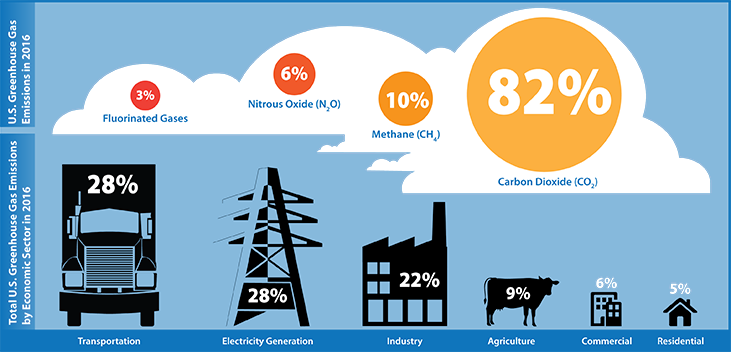
Livestock Production
Another activity that needs to be mentioned more is animal agriculture. It is a significant contributor to climate change, accounting for approximately 14.5% of global greenhouse gas emissions, according to the United Nations Food and Agriculture Organization (FAO). This is more than the entire transportation sector combined. This is due to the methane produced by livestock, the energy-intensive processes involved in producing animal feed and processing animal products, and the deforestation required for grazing land and for growing animal feed. Deforestation itself is responsible for 10% of the global greenhouse gas emissions. Moreover, 80% of all land dedicated to agriculture is used to raise livestock and its food.
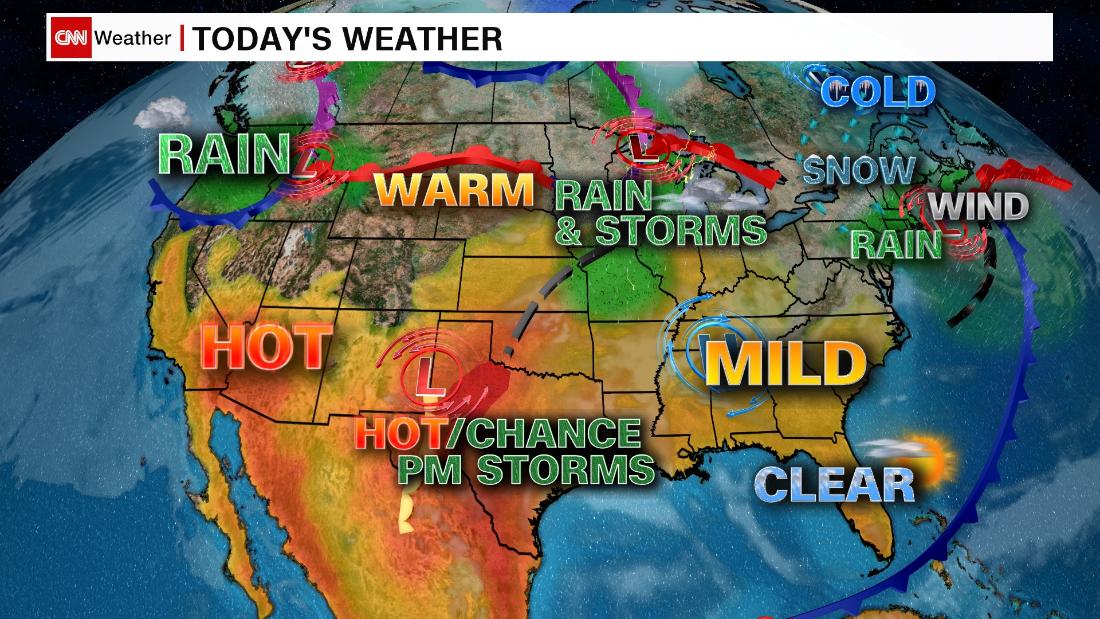
Consequences
In spite of a general awareness that the climate crisis exists, greenhouse gas emissions continue to rise, and with it, global temperature.
According to NASA’s Goddard Institute for Space Studies, the average global temperature has increased by 1.18 degrees Celsius (2.12 degrees Fahrenheit) since the late 19th century. However, the rate of warming has accelerated in recent decades, with the last five years being the warmest on record.
This translates into several effects, such as: the increase of extreme weather events, such as droughts floods, hurricanes. Water scarcity: which affects biodiversity, agriculture, and the availability of water for human consumption and electricity through hydropower.
According to a report by the United Nations, 40% of the world’s population could be affected by water scarcity by 2050. According to the African Development Bank, 40% of Africans already lack access to safe drinking water, and this number is expected to rise as temperatures continue to increase.
The loss of agricultural productivity will ensue a greater food insecurity and malnutrition. The IPCC estimates that production of maize, wheat and rice will decline by 30% by 2050. An increase in transmissible diseases such as dengue and malaria will also ensue, and people at age extremes are more likely to become ill due to extreme temperature changes. Population displacement is also expected to increase to 100 million per year by 2050.
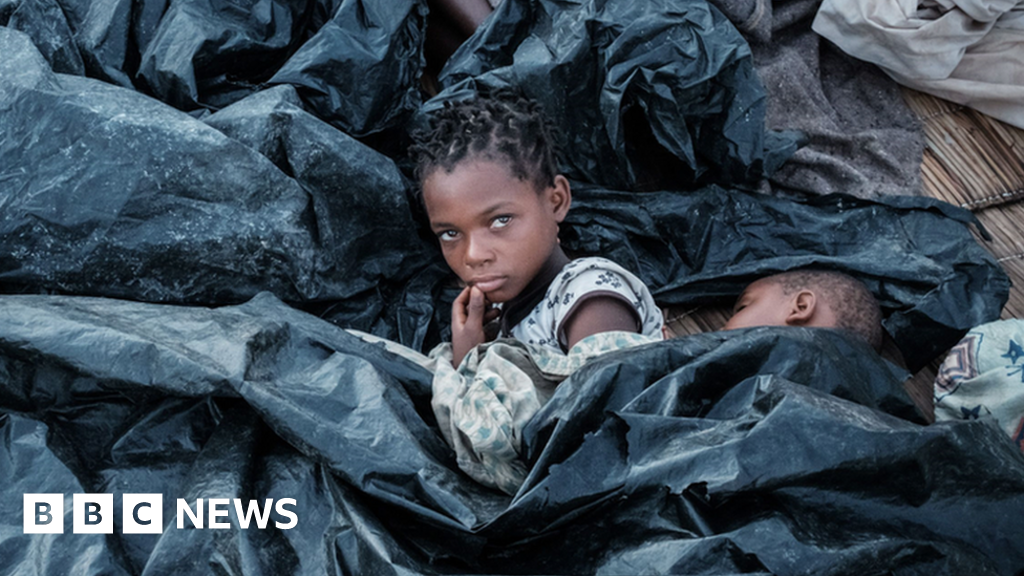
Unjust Suffering
The effects of climate change are not evenly distributed, and it is often the poorest and most vulnerable communities that are most affected. According to the World Food Program, 80% of the world’s hungry live in countries that are most vulnerable to climate change. Indigenous peoples and smallholder farmers, who rely on subsistence agriculture, are especially vulnerable, as they lack the resources and infrastructure to adapt to the changing climate.
The United Nations Food and Agriculture Organization (FAO) has estimated that up to 122 million more people could be driven into extreme poverty by 2030. According to the UN Environment Programme, Africa is the least responsible for global greenhouse gas emissions, yet is the most vulnerable to the impacts of climate change.
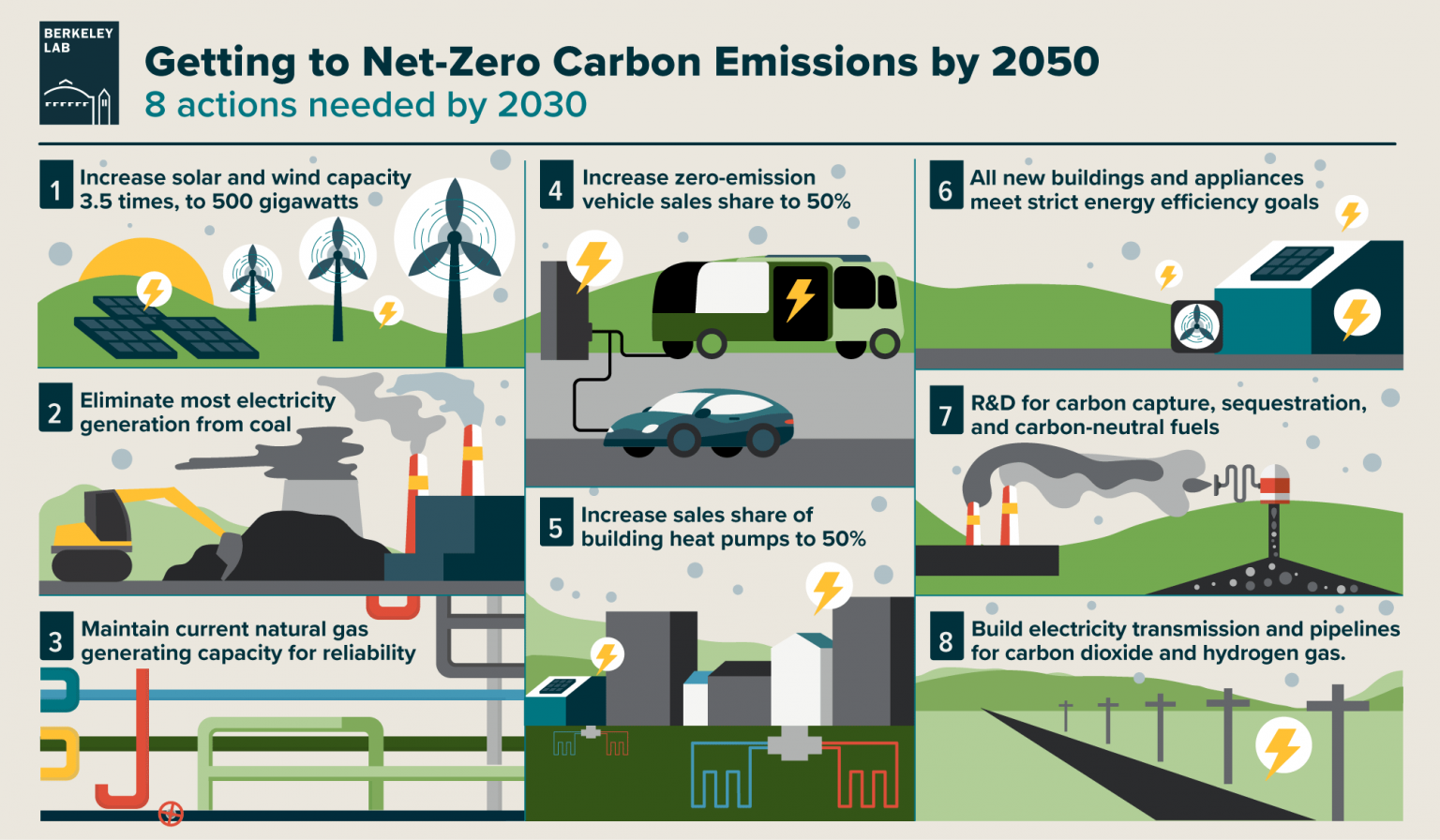
Survival Responses
So, what needs to be done? First and foremost, rapidly reduce our greenhouse gas emissions, which means, transitioning away from fossil fuels, increasing sustainable agricultural practices such as reducing animal agriculture, and investing in renewable energy.
We also need to protect and restore our forests and other natural ecosystems, which play a crucial role in storing carbon and regulating the climate. We need to invest in research and development focused on resilience. We need politicians to listen to the scientific evidence and act accordingly
A report issued during the COP27 last year, the conference of parties of the UN Framework convention on climate change, it will cost 1 trillion USD a year to fix, and global consensus. In sum, we need resources and political will.

Atomic Weapons
Now let’s talk about nuclear weapons and how they fit into this.
The climate crisis increases the risk of nuclear war. The Doomsday Clock currently marks 90 seconds to midnight, the greatest risk in history. This is roughly due to three factors: the unstable political leadership in the nuclear weapon states, the increased risk of an accidental nuclear detonation or cyberterrorism due to the vulnerability of high-alert systems and their increasing reliance on automation, and climate change.
Climate change multiplies the potential for conflict over resources such as land, drinking water, and food reserves, and increases the pressure to migrate. Political collapse, in turn, leads to extremist leaders gaining control over nuclear weapons, and this poses a risk in regions where there already is political tension.
A single nuclear detonation, especially in current times, is capable of causing significant and irreparable environmental damage.
On the other hand, even a limited use of nuclear weapons would have catastrophic climate consequences. In a nuclear exchange between India and Pakistan, both nuclear-weapon states and often in conflict, with 100 Hiroshima-sized bombs, which is less than half their arsenal and less than 1% of the global arsenal, the catastrophic impact would not only be local and regional, but also global. The world’s climate would be altered in such a way as to reduce harvest times for the staple grains on which many populations depend, leading to a famine that would kill more 2 billion people worldwide.
On a larger scale, a nuclear war would cause a destruction of unimaginable proportions, with tens of millions of deaths, with a very high radiation pollution that would spread globally, and a nuclear winter that would result in the destruction of our civilization and the extinction of many species, possibly even our own.
Another point to consider is that nuclear weapons are extremely expensive to maintain. Current investment in nuclear weapons has been calculated to be as high as $116 billion dollars per year and rising.
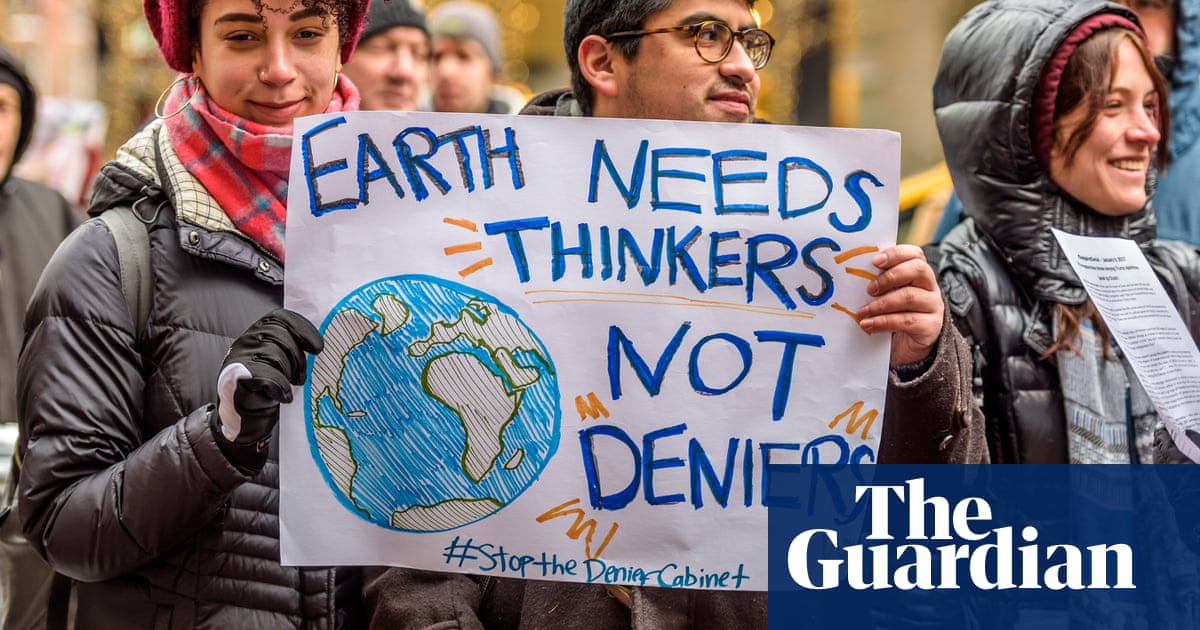
Solutions
Now, let’s go back to the solutions. What do we need to solve the climate crisis? Money, and political will.
The solution to climate change must include nuclear disarmament. Not only are nuclear weapons a serious threat to the environment, but they represent an unacceptable cost and risk and undermine the foundations of international cooperation and goodwill that are essential to solving the climate crisis.
To alleviate the climate crisis, a massive mobilization of resources is required. A large part of this capital investment could come directly from the substantial resources that would be released once nuclear disarmament is implemented. At the same time, the scientific talent and political resources currently involved in nuclear weapons can then be redirected to seek ecological innovations.
Furthermore, to address both threats, it is imperative for the global community to come together with a focus on equity, cooperation, and shared responsibility, and for this, it is essential to channel the efforts of humanity towards fostering a culture of peace and strengthening the multilateral regime.

The TPNW
The Treaty on the Prohibition of Nuclear Weapons (TPNW), adopted at the UN in July 2017 by 122 countries, is a solid step in this direction. It is a product of humanitarian disarmament and evidence-based policy-making, and a triumph of international diplomacy. It promotes a culture of peace and cooperation, as opposed to violence and domination.
Its universalization and implementation will strengthen the multilateral regime, and promote scientific diplomacy and international cooperation, which are essential elements for tackling climate change. Due to its direct and indirect effects, the signing and ratification of the TPNW must, therefore, be seen as urgent actions within the framework of the climate crisis.
We are running out of time, but not out of options. Faced with this double existential dilemma, humanity finds itself at a crossroads: we can either ensure our continuity and prosperity or ensure our own destruction. More than ever, the world needs dialogue; it needs social participation and pragmatic leaders who are able to listen to science, make courageous decisions, and enact and implement constructive policies. It is imperative to give peace a chance, for our very existence depends on it.